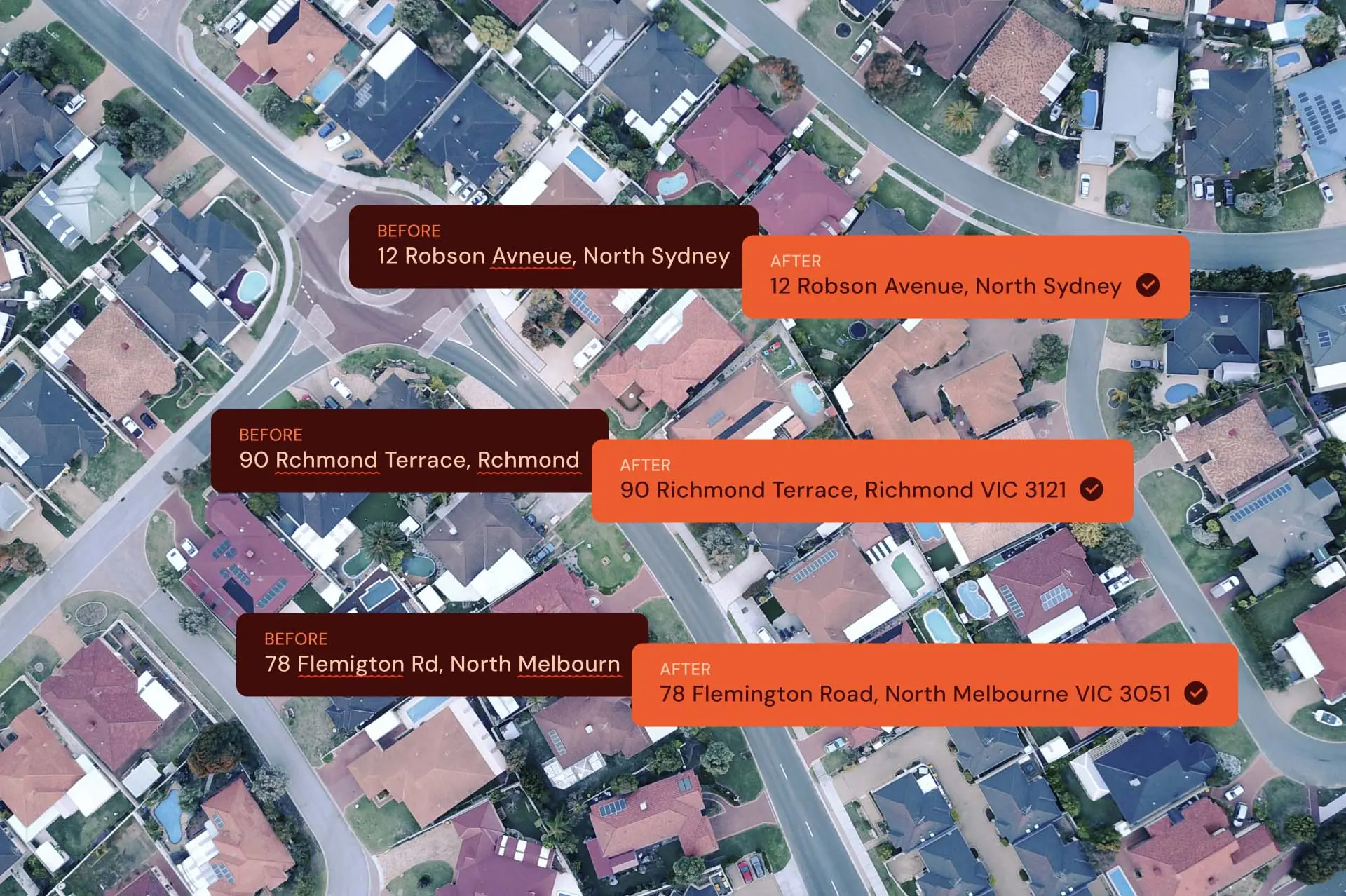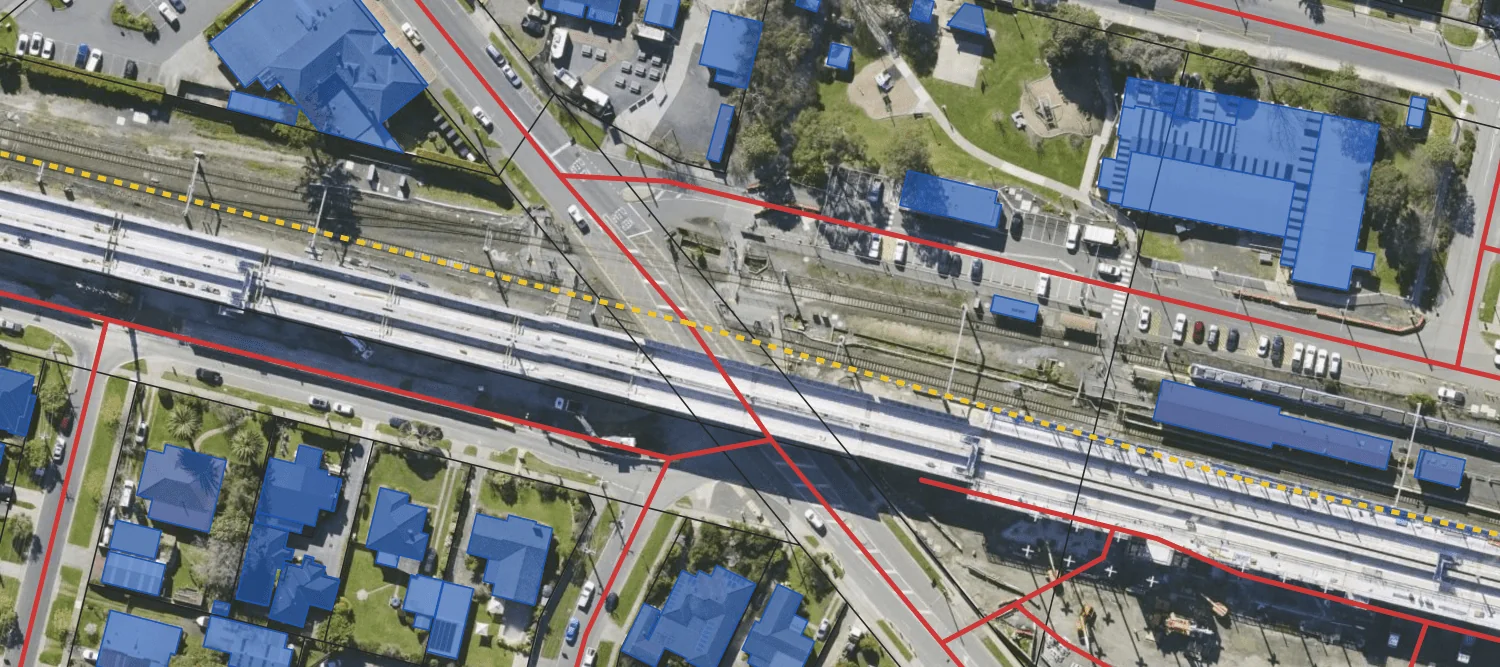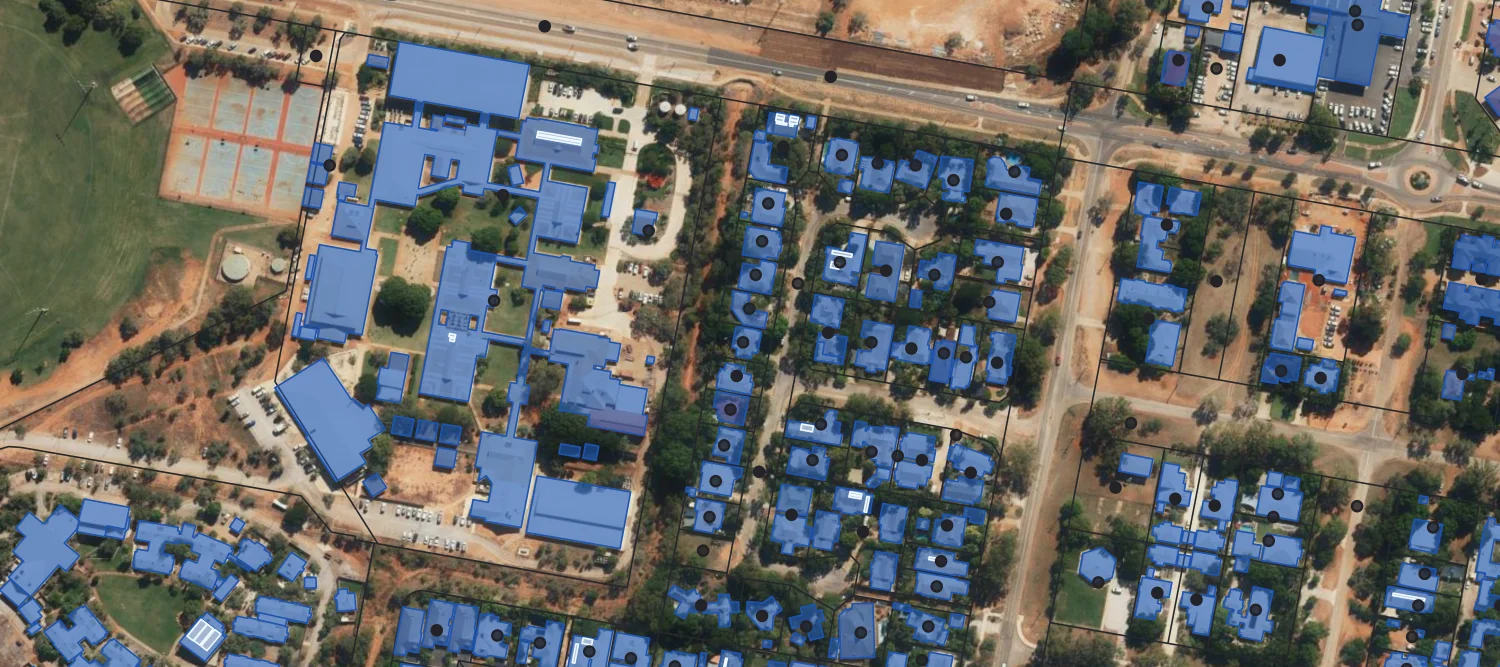Key features
Trusted source
G-NAF is the endorsed national address file for Australia, ensuring real-time, consistent addressing and accurate address verification.
Value to communities
G-NAF delivers over $1.4 billion in value to Australian communities by enabling insights and efficiencies.
Wide application
Extensively used across various sectors, G-NAF powers businesses and enables good government.
Integration
GNAF can be easily linked with other data, both Geoscape’s and yours.
G-NAF Product Suite
Using G-NAF


Service delivery
Identify potential customers and improve business planning using precise address points within your service area.

Research and analysis
Combine address data with various metrics to support climate-focused urban planning and evaluate environmental policy impacts.

Urban planning
Facilitate urban planning with resource allocation, housing affordability, and minimal impact on existing communities.
Impact Stories
Real world success stories of this product

Some images on this webpage were created using aerial imagery © Aerometrex Ltd.

